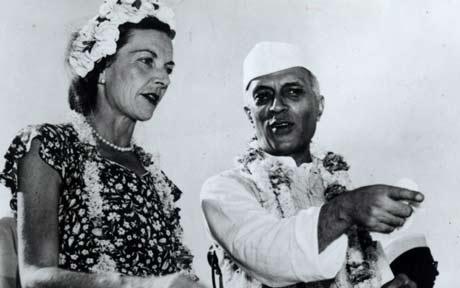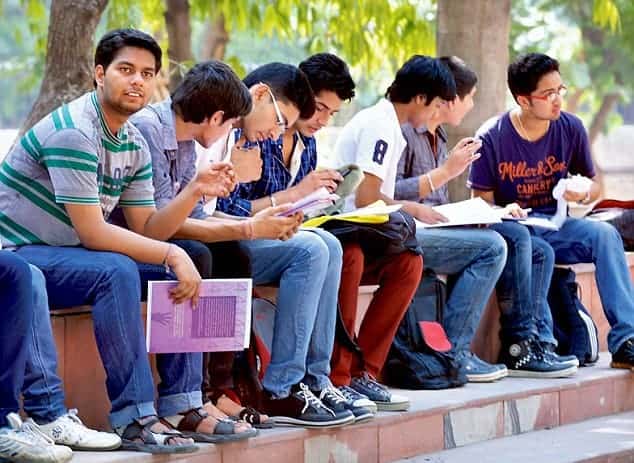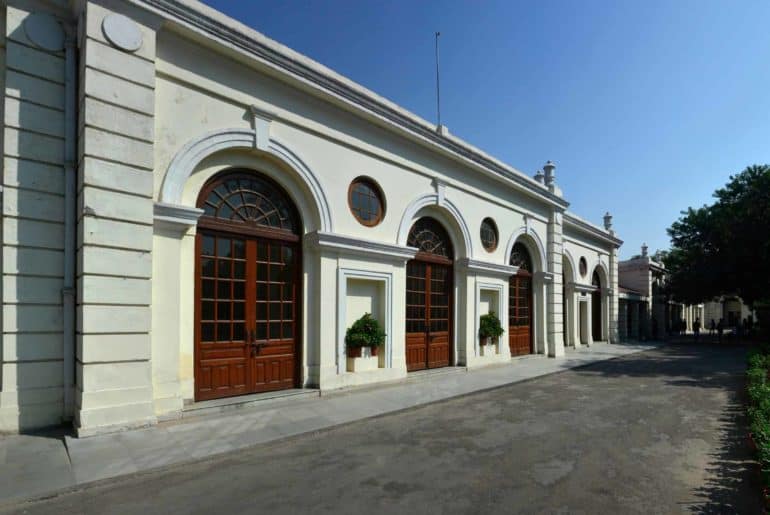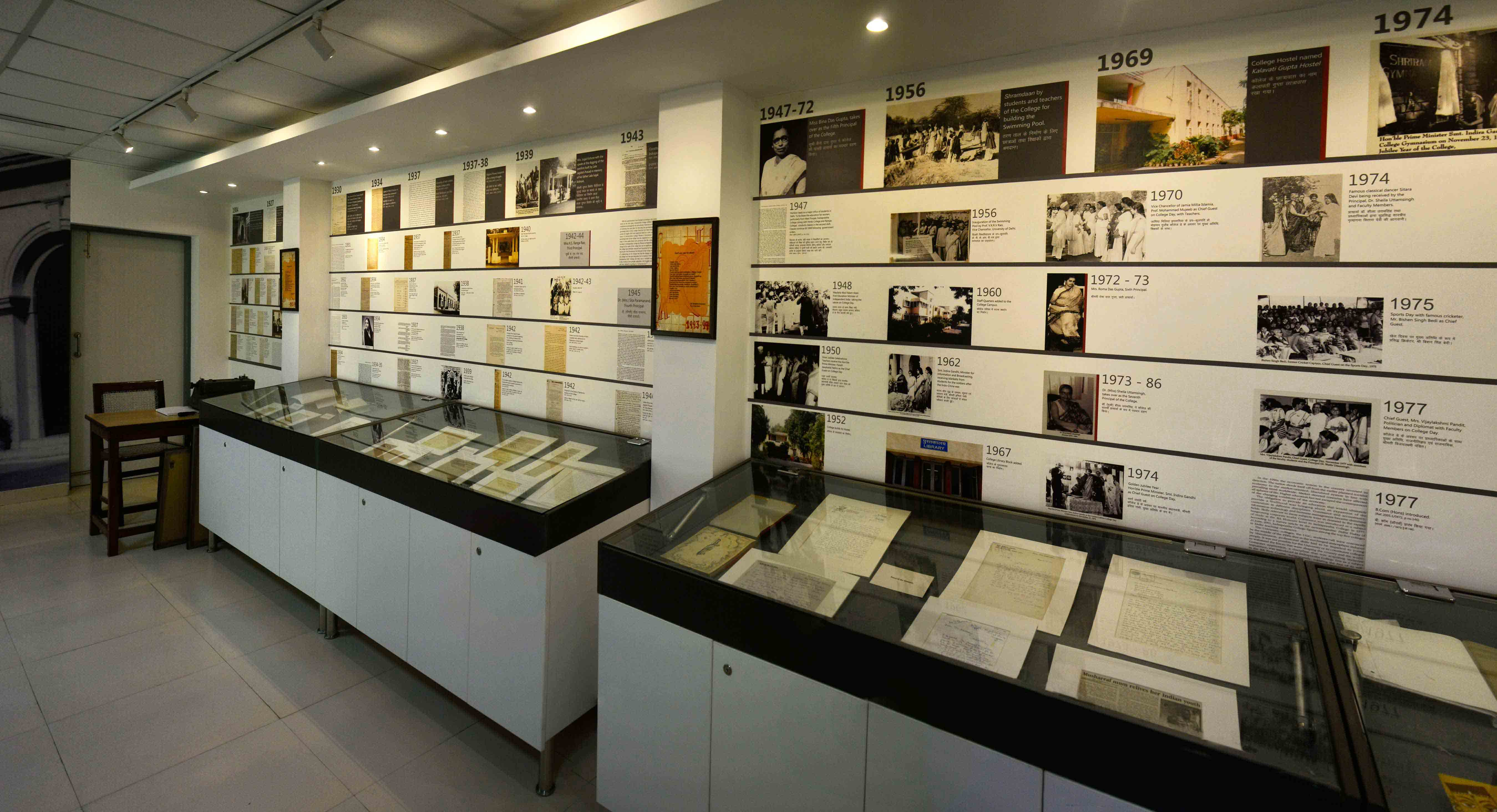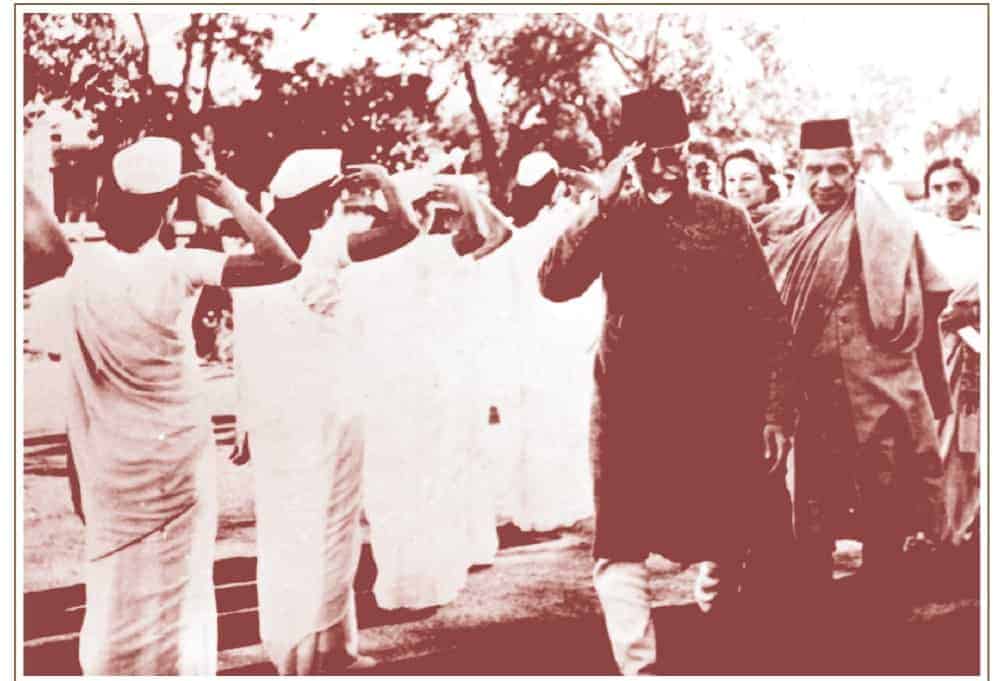An idealist aristocrat, who embarked as the architect of Modern India devising a visionary socialism apt for a nation that submitted itself as a protege of Mahatma Gandhi – Pt. Jawaharlal Nehru, the first prime minister or the first head servant as he preferred to be remembered as, perhaps can never falter to be the gargantuan manifestation of administration, patriotism, class and ‘love’.
Nehru has certainly been identified as a leader who empathised with toiling peasants, cared for the innocent children, and above all served people with immense dedication and selflessness, but this stalwart of Indian history has a different aspect to his stern political nature supplemented by the last Vicereine of India – Edwina Cynthia Annette Mountbatten, that hovers several speculations and ‘conjectures’ around it.
It is no mystery that amidst the political configurations about the partition of India, Congress leader ‘Jawaharlal’, whose name literally means the precious one, developed precious compatibility with Lady Mountbatten which had years to endure and millions of hearts to melt with the story of their bond.
They did develop a profound relationship that was totally platonic, as mentioned by Pamela Hicks, Edwina’s daughter in her book ‘Daughter of Empire: Life as a Mountbatten’, “She found in Panditji the companionship and equality of spirit and intellect that she craved,” quotes Pamela with reference to her mother and Pt. Nehru. She further recounts the instances when she used to be with her parents and Pt. Nehru, and Nehru and Edwina used to get engrossed in each other’s words and compensated for each other’s yearning which cannot be put in other ways.
Their relationship paved the ways for an epistolary series that are testimonies of their emotional outsets, deepening and perks as companions of shared emotional pedestal restricted by the same privileges, responsibilities, and realizations.
What makes this relation a kind of its own is the various anecdotes that sacrament love in an unprecedented manner and leave everyone awe-inspired. From the beautiful letters that the man and countess exchanged daily until her death capturing personal, emotional, political and administrative concerns to the red roses that often found a place in these letters giving symbolism to their bond. Theses exact letters were found with Edwina on her death bed in 1960, according to her biographer and author of ‘Edwina Mountbatten: A Life of Her Own’ Janet Morgan, the American journalist John Gunther has rightly said, “Hardly a dozen men alive write English as well as Nehru,” and perhaps hardly any man is alive that can ‘love’ any well as Nehru.
The aforementioned line can be affirmed by another story that narrates about an incident where Edwina confronts Nehru by saying that she will miss him when she leaves India, to which Nehru exquisitely suggests that every morning she can pluck a red rose from her garden and put it on her hair and he will pluck one from his branches to fill his pocket-hole, till the end of their lives.
Although, Nehru never explained the reason for his fondness for red roses, some assumptions go around his symbolic reference to the red of Fabian Society, some say it is in memory of his late wife Kamala Nehru, who died in 1936. One story that is apparently led by Nehru’s sister, Krishna Hutheesing, and pushed by Nehru’s secretary MO Mathai, was that it was a tribute to a young girl who would stand to wait for him with a rose, this sounds romantically fanciful and suggestive to Lady Mountbatten, but no assured evidence could be thought of to support these assumptions.
But it is assured and proven that every year Edwina would make way back to India to meet PM Nehru and Nehru would frequently pay visits to Edwina in London. Nehru makes frequent mentions of Edwina in his literary works and letters and in his farewell party for the Mountbatten’s prepared to leave India, Nehru addressed Edwina as, “Wherever you have gone, you have brought solace, you have brought hope and encouragement,” with the grief of Edwina going.
If this love seems interesting, one can surely pick up Catherine Clement’s Edwina and Nehru: A Novel to check Rhiannon Jenkins Tsang’s testimony when he says, “If Shakespeare were alive today, he might not have written Anthony and Cleopatra but rather Jawahar and Edwina.”
Image Credits: The Telegraph
Faizan Salik

